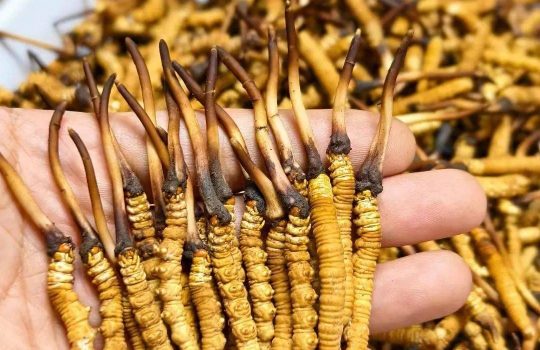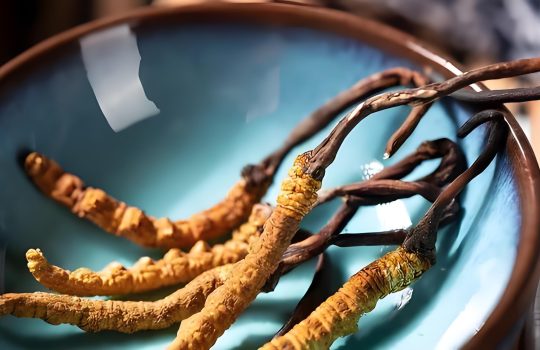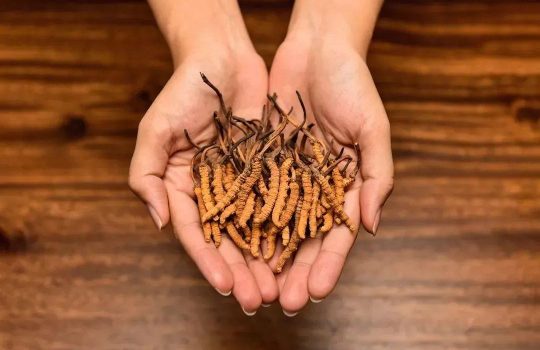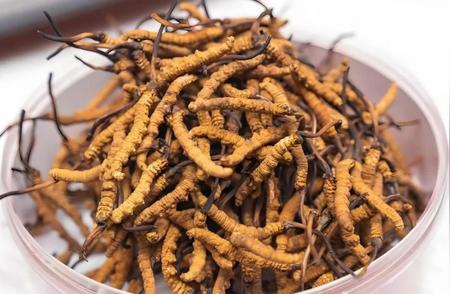Is Cordyceps sinensis a plant or an animal
Cordyceps sinensis, this name sounds like it contains the wonders of life and the mysteries of nature. Before exploring whether it is a plant or an animal, we first need to have a deep understanding of its growth environment, morphological characteristics, and biological classification. Cordyceps sinensis, this mysterious and precious substance, is neither a plant nor an animal, but a fungal body, specifically the Cordyceps sinensis of the ergot family and ergot genus.

Unique growth environment
Cordyceps sinensis mainly grows in plateau areas above 3000 meters above sea level, such as Qinghai, Xizang, Gansu, Sichuan, Yunnan and other places. These regions have cold climates, thin air, and harsh environments, but it is precisely these natural conditions that have nurtured this precious Chinese medicinal herb. The growth of Cordyceps sinensis cannot be separated from a type of bat moth larva, which lives underground and becomes the parasitic host of Cordyceps sinensis.

The miraculous journey of life
From a biological classification perspective, Cordyceps belongs to the fungal kingdom and is a member of the ergot family and ergot genus. It is neither a plant nor an animal, but a fungal complex that parasitizes the body of bat moth larvae. This complex consists of two parts: one is the body of bat moth larvae, and the other is the constellation of Cordyceps sinensis parasitic on the body.
In terms of morphology, the body of Cordyceps sinensis is cylindrical, measuring 3-5 centimeters in length and 0.3-0.8 centimeters in diameter. The surface is yellow white to brown, with 20-30 rings and three pairs of short feet on the head. The constellation is cylindrical or rod-shaped, measuring 4-11 centimeters in length and 0.3 centimeters in diameter. Its surface is gray brown to dark brown, with fine longitudinal wrinkles and slightly enlarged upper part. The interior of the constellation is filled with mycelium and has a loose texture.






